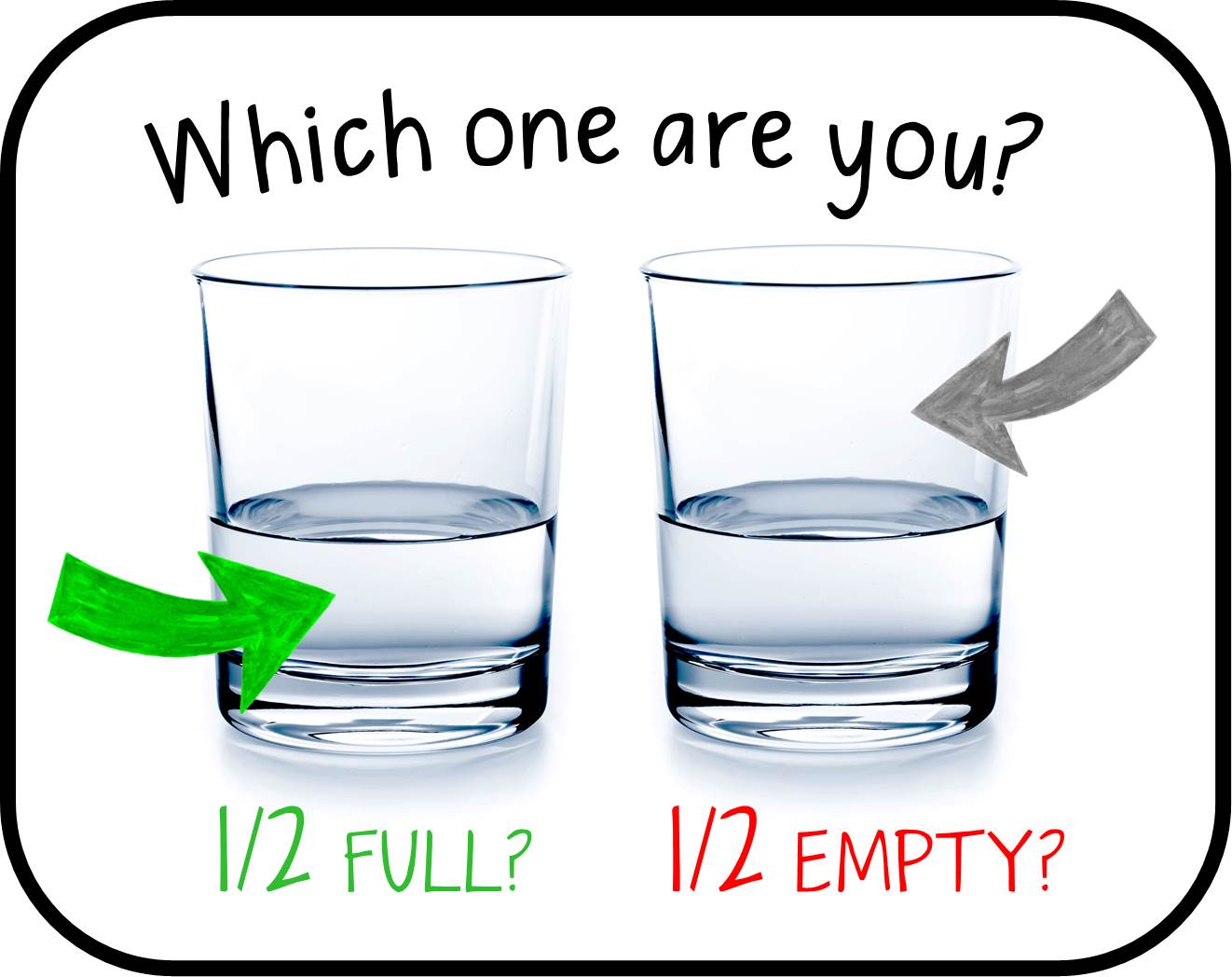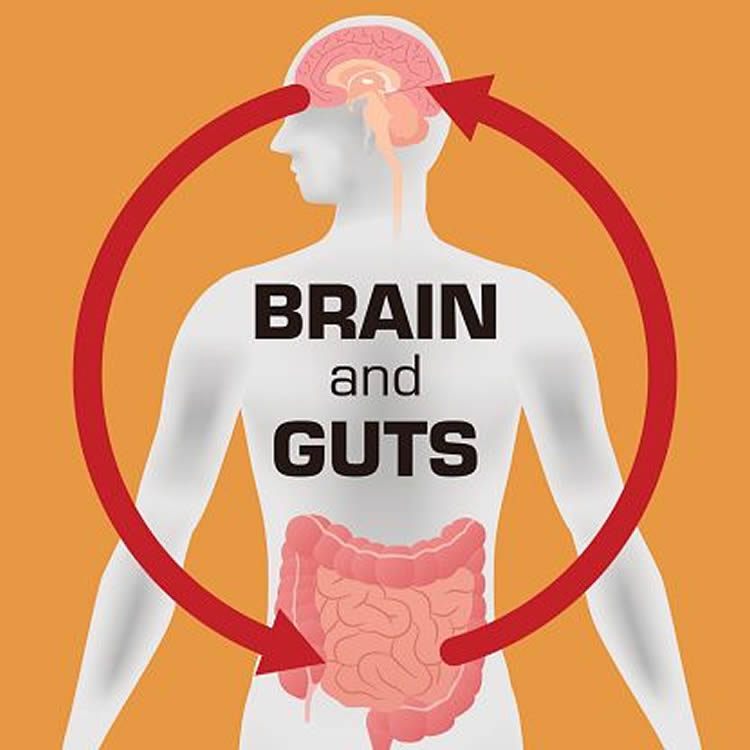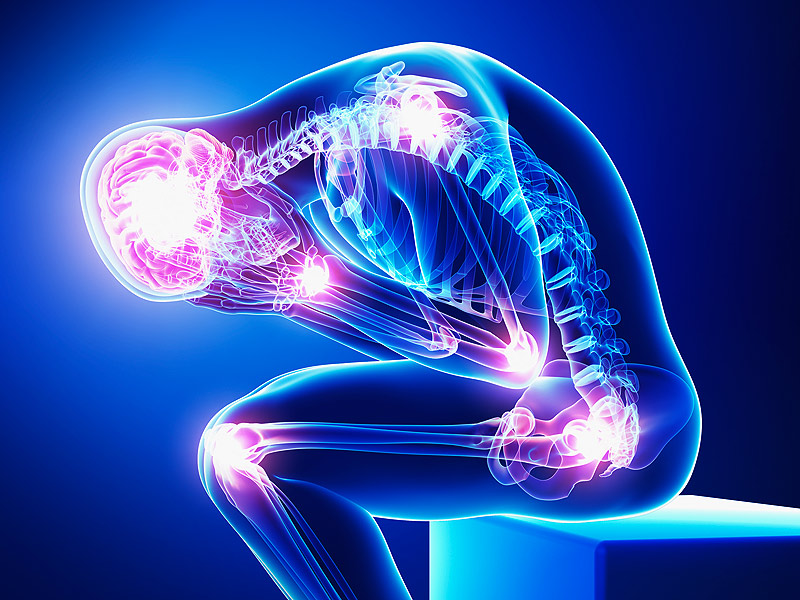Ruth Shidlo
Credentials
Finances
Licensed in Israel
- Tagore St
- Tel Aviv, 6920346
Ruth Shidlo
 Verified
Verified
Credentials
Clinical Psychologist, Trauma Therapist
PhD
Finances
N/A
Student Discount
ABOUT THE THERAPIST
I am a licensed clinical psychologist with over 30 years of experience. Initially trained in psychoanalytic psychotherapy, in recent years I have specialized in the treatment of trauma and gone on to become a trauma therapist. Having trained in SE (Somatic Experiencing), I am a SEP (SE Practitioner), as well as a Provider and Supervisor for SE students. I am also a certified EMDR practitioner.
Taking into account client needs and preferences, I offer a unified mind-body therapy based on psychodynamic, EMDR and SE principles. This approach is effective in the regulation and management of stress, anxiety, depression, trauma, chronic pain, and psychophysiological disorders. My practice is gay-friendly, and I have professional experience with people building a family via donor insemination.
For more information, check out my website at: ruthshidlo.co.il
QUALIFICATIONS
PhD
California School of Professional Psychology
1985
Degree
PhDEducation
California School of Professional PsychologyYear of Graduation
1985Years in Practice
38
REGISTERED PSYCHOLOGIST IN ISRAEL
Registration in Pinkas Hapsichologim
2152
Mumche Category
Clinical Psychologist
Mumche License Number
1941
ADDITIONAL CREDENTIALS
Somatic Experiencing Practitioner (SEP) - December 2015
EMDR Level 1 & 2 - 2018
Certified EMDR Practitioner - EMDR Europe Association - 2022
DISTANCE COUNSELING
Online Therapy
BLOG POSTS

On Becoming a Personal Scientist: Living in the half-full glass
The half-full glass is the antidote to the half-empty one.

On Becoming a Personal Scientist: Beginnings
As the baby gains enough safety and security via his attachment systems with the significant people in his life, he is able to identify and then befriend the familiar within the strange.

How to Track Anxiety and Help Resolve It
We need our ‘signal’ anxiety, because otherwise, we’d be more vulnerable to danger.

What is Somatic Experiencing (SE) ?
As a body-mind practitioner and clinical psychologist, I have found that incorporating principles of Somatic Experiencing (SE) into my practice has provided me with a whole new way of helping people move on with their lives when stressed, anxious, depressed, traumati...

Of Guts and Brain: The Gut-Brain Axis
If you are willing to make a few changes, “disease goes away as a side effect of health.” (Hyman, 2012, p. 29)

Valuable Tips to Manage Pain
Given what we know today, it appears likely that unresolved trauma, whether minor or major, plays a role in the persistence of chronic pain, through mechanisms of kindling (a self-perpetuating phenomenon of neural excitation) and priming (in which the brain readies i...
PRIMARY SPECIALTIES
Anxiety / Panic
Depression
LGBTQ
Stress Management
Trauma / Post Traumatic Stress Disorder PTSD
ADDITIONAL SPECIALTIES
N/A
CLIENT FOCUS
Population
Adults
Languages Spoken
Hebrew
English
Portuguese, Spanish
TREATMENT APPROACH
Body-Mind PsychotherapyBody-mind psychotherapy is an integrative approach to psychological treatment that draws from both psychotherapeutic and somatic/body-based approaches. It emphasizes the interconnection between physical, emotional, cognitive and spiritual aspects of being. This approach seeks to help individuals explore how physical sensations, emotions, thoughts and beliefs influence their behavior and well-being. Through this exploration, individuals can gain insight into how the body and mind interact to create patterns of behavior, and how those patterns can be changed to promote healing and wellness.
Eye Movement Desensitization and Reprocessing Therapy (EMDR)Eye Movement Desensitization and Reprocessing (EMDR) is a psychotherapy treatment that was originally designed to alleviate the distress associated with traumatic memories. It uses a structured approach to address the past events that may be causing current distress, and uses bilateral stimulation, such as eye movements, to activate different neural networks in the brain in order to reduce symptoms of trauma. EMDR has been found to be effective for a wide range of mental health issues, including anxiety, depression, and PTSD.
Psychodynamic TherapyPsychodynamic therapy is a form of therapy that focuses on the unconscious mind and how it affects behavior. It works to help people understand and work through past experiences and feelings that may be causing difficulties in the present. This type of therapy encourages individuals to explore their emotions, relationships, and behaviors in order to gain insight into their current difficulties. It can help individuals better understand themselves and their motivations, and gain insight into how past events have impacted their current lives. People tend to develop defense mechanisms when faced with challenges in life. Defense mechanisms may keep painful feelings, memories, and experiences in the unconscious. A few common defense mechanisms include: denial, repression, and rationalization. Psychodynamic therapists encourage people to speak freely about their emotions, desires, and fears. Being open may help uncover vulnerable feelings that have been pushed out of conscious awareness. According to psychodynamic theory, behavior is influenced by unconscious thought. Once painful feelings are brought forth and processed, the defense mechanisms are no longer needed and a person in treatment can start changing unhelpful patterns when coping with life’s challenges.
Somatic Experiencing (SE)Somatic Experiencing (SE) is a body-oriented approach to the healing of trauma and other physical and psychological stresses. It is based on the idea that the body is a powerful source of healing and that unresolved trauma can be resolved through the process of bringing awareness and attention to the physical sensations of the body. By gradually and gently guiding individuals through the sensations associated with their traumatic experience, SE can help to restore balance and well-being more quickly and effectively than traditional psychotherapy. SE utilizes the body’s natural ability to regulate and heal itself and supports individuals in developing more resilience and self-regulation. Somatic Experiencing aims to help people move past the place where they might be “stuck” in processing a traumatic event. SE is often used to treat symptoms of post-traumatic stress disorder (PTSD), anxiety, depression, and other mental health issues.
SERVICES OFFERED
Individual Therapy
BLOG POSTS

On Becoming a Personal Scientist: Living in the half-full glass
The half-full glass is the antidote to the half-empty one.

On Becoming a Personal Scientist: Beginnings
As the baby gains enough safety and security via his attachment systems with the significant people in his life, he is able to identify and then befriend the familiar within the strange.

How to Track Anxiety and Help Resolve It
We need our ‘signal’ anxiety, because otherwise, we’d be more vulnerable to danger.

What is Somatic Experiencing (SE) ?
As a body-mind practitioner and clinical psychologist, I have found that incorporating principles of Somatic Experiencing (SE) into my practice has provided me with a whole new way of helping people move on with their lives when stressed, anxious, depressed, traumati...

Of Guts and Brain: The Gut-Brain Axis
If you are willing to make a few changes, “disease goes away as a side effect of health.” (Hyman, 2012, p. 29)

Valuable Tips to Manage Pain
Given what we know today, it appears likely that unresolved trauma, whether minor or major, plays a role in the persistence of chronic pain, through mechanisms of kindling (a self-perpetuating phenomenon of neural excitation) and priming (in which the brain readies i...

 Verified
Verified

